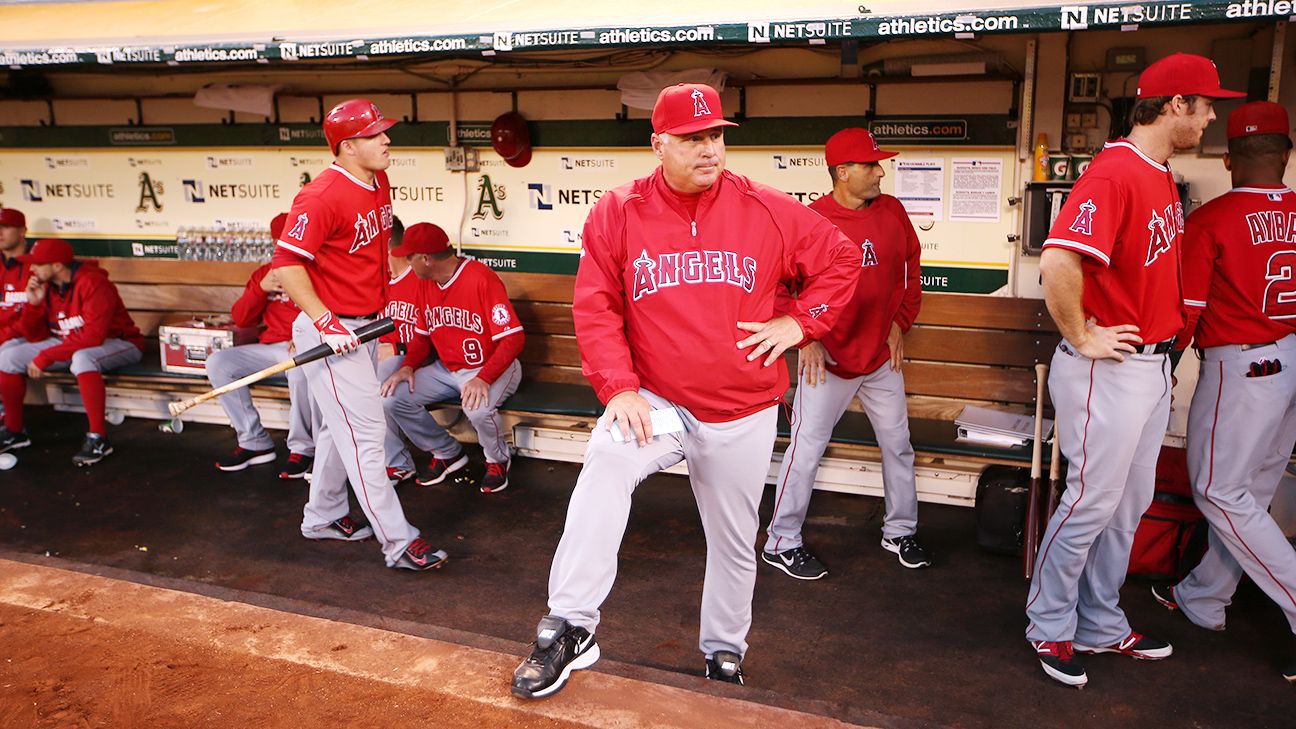The rules include mandating that managers stay in the dugout during replay challenges, that hitters keep at least one foot in the batter's box during at-bats, a prompt return to play after TV commercial breaks and timed pitching changes, the sources told Stark.
The league established a pace-of-game committee in September aimed at making recommendations to speed up games, which grew to a record average of 3 hours, 2 minutes in 2014, up from 2:33 in 1981.
Sources told Stark that players who violate the rules will receive a warning, then be subject to a series of fines up to $500. The intention is not to impose penalties but rather to help change the habits of current players in an effort to speed up the game, sources told Stark.
The rules will begin in spring training, but the warnings and fines will not be imposed until May, as spring training and the first month of the regular season will be a phase-in period, sources told Stark.
Speed-up rules in the major leagues required the OK of the players' union, and baseball officials had said a pitch clock was ruled out for this season. However, sources told Stark that Major League Baseball will begin to compile data and inform all pitchers how long they take between pitches.
Several new mandates, including the batter's box rule, were tried out during the Arizona Fall League in October and November.
The batter's box rule remains in place unless an established exception occurs, sources told Stark. Those exceptions include swinging at a pitch, foul balls, foul tips, if the hitter is brushed back by a pitch, time granted by the umpire and wild pitches.
Sources told Stark that two timers will be used in every major league ballpark to help quicken the pace. For each half-inning break, teams will have either 2 minutes, 25 seconds (for local telecasts) or 2 minutes, 45 seconds (national telecasts) from the time the commercial break begins until the first pitch should be thrown to the next batter, who should be in the batter's box with no fewer than 20 seconds remaining on that timer.
The replay rule intends to reduce the time managers spend chatting with umps while awaiting recommendations from video coordinators or their own coaches.
Sources told Stark that managers will now get an additional second challenge to use during a game, but managers will be encouraged by umpires to initiate those challenges more promptly via a signal from the dugout. Managers will be encouraged to challenge within 20 to 30 seconds, sources said.
For pitching changes, relief pitchers will have 2 minutes, 30 seconds to get from the bullpen to the mound, throw warm-up pitches and throw their first pitch to the next batter, sources told Stark.
I mean it's whatever, but maybe calling a strike on the batter instead will really keep their foot in the box.
For me though, they should not be able to go to video replay to get an 'okay' from the bench coach. If they truly think a call should be reversed, they should have to see the play as the umpire saw it... in real time. I too think the stalling was ridiculous, so at least we now have a patch in place. Still does not address what I think is the bigger concern, though.



Comment